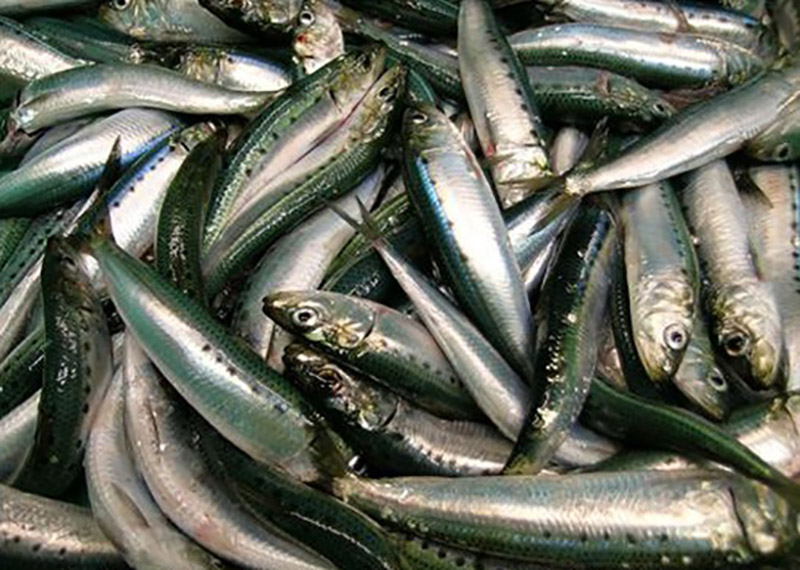Sardine fishermen on the West Coast are preparing for another year of severe restrictions after a new draft assessment from NMFS shows the the population is continuing its collapse.
The new report, released on March 26, indicates a sardine population of 27,547 metric tons. Any tonnage below 50,000 metric tons is considered “overfished” by NMFS.
These numbers indicate a 98.5 percent collapse since 2006, when the population reached an estimated 1.77 million metric tons, according to NMFS data.
The assessment still must undergo review and adoption by the Pacific Fishery Management Council’s Scientific and Statistical Committee before any rules are passed to restrict this year's season, which begins on July 1.
Last year the council voted to allow up to 7,000 metric tons of sardines to be caught by West Coast fishermen as incidental take, or bycatch.
The cause of the sardine population collapse is still being debated.
The California Wetfish Producers Association has repeatedly taken issue with NMFS' assessment strategy. Executive Director Diane Pleschner-Steele has called Oceana-driven claims of overfishing to be "fake news."
The organization claims that NMFS is not collecting data close enough to shore where fishermen are reporting seeing more sardines, not fewer. NMFS has acknowledged that its research vessels are unable to take stock data close to shore but have said the number of missed fish is unlikely to have a significant effect on their general findings.







